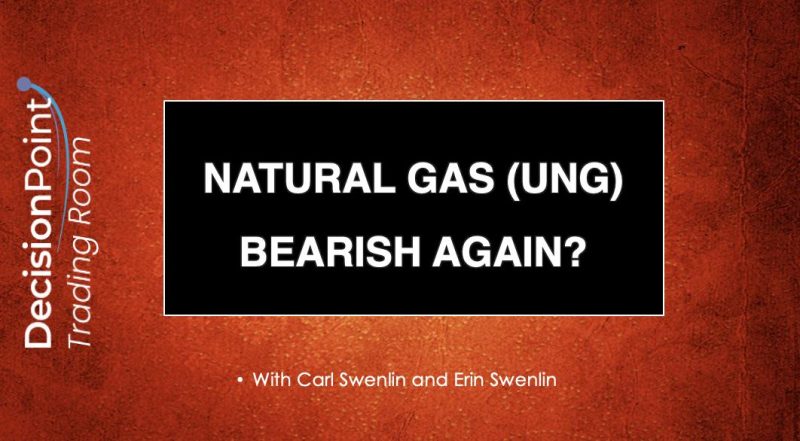The trading dynamics for natural gas and related exchange-traded funds (ETFs) have been particularly intriguing in recent months, with UNG (United States Natural Gas Fund) presenting a bearish outlook once again. This development has significant implications for traders and investors alike. Let’s delve into the key factors driving this bearish sentiment and how market participants can navigate this shifting landscape.
One prominent catalyst contributing to the bearish sentiment surrounding UNG is the ongoing supply-demand imbalance in the natural gas market. Despite varying demand levels due to economic factors and changing consumer behaviors, supply has consistently outpaced consumption, resulting in an oversupplied market. This surplus has exerted downward pressure on prices, hampering UNG’s performance.
Moreover, macroeconomic factors such as geopolitical tensions and global energy dynamics have also played a role in shaping the bearish outlook for natural gas. Uncertainties surrounding international relations, production capacities of major gas-producing nations, and shifting energy policies have added a layer of complexity to the market, further dampening investor confidence in UNG’s prospects.
Technically, UNG’s price action and chart patterns have also reflected the prevailing bearish sentiment. Over recent trading sessions, UNG has exhibited a series of lower highs and lower lows, indicating a weakening trend. This downtrend signals the potential for further downside movement unless a substantial shift in market dynamics occurs to trigger a reversal.
For traders looking to navigate this bearish phase in UNG, employing a range of strategies can be beneficial. Short-selling UNG or utilizing put options can help capitalize on the downside potential of the ETF. Additionally, leveraging technical analysis tools to identify entry and exit points, such as moving averages, trendlines, and momentum oscillators, can aid in making informed trading decisions amid the current market conditions.
Furthermore, staying abreast of relevant news developments, market reports, and expert opinions can provide valuable insights into the underlying factors shaping the natural gas market and, by extension, UNG’s performance. Maintaining a diversified portfolio that includes other assets classes and hedging strategies can also mitigate risk exposure associated with UNG’s bearish outlook.
In conclusion, the bearish sentiment surrounding UNG underscores the complex interplay of supply-demand dynamics, macroeconomic factors, and technical indicators shaping the natural gas market. By understanding these underlying forces and employing appropriate trading strategies, investors can navigate the current bearish phase in UNG effectively, positioning themselves to capitalize on market opportunities while managing risk proactively.

